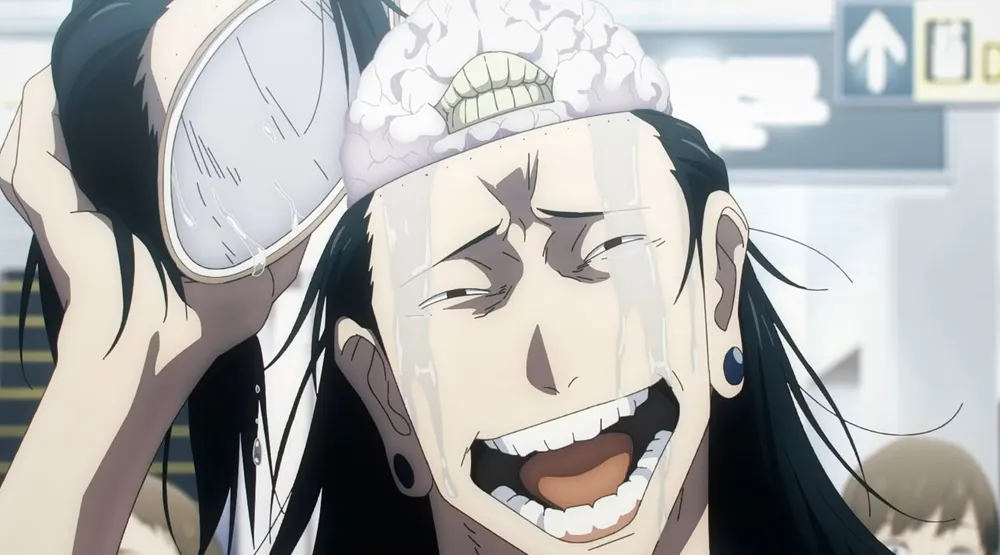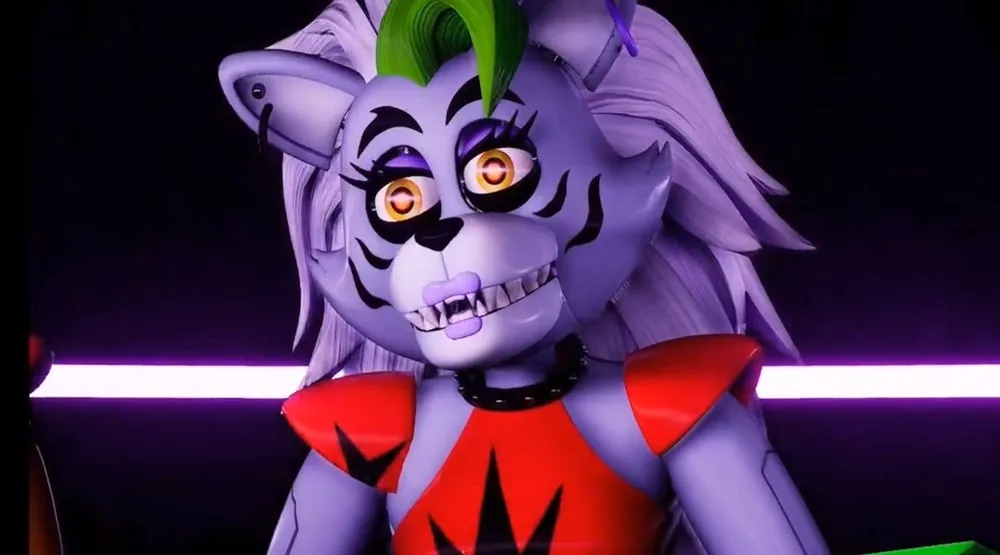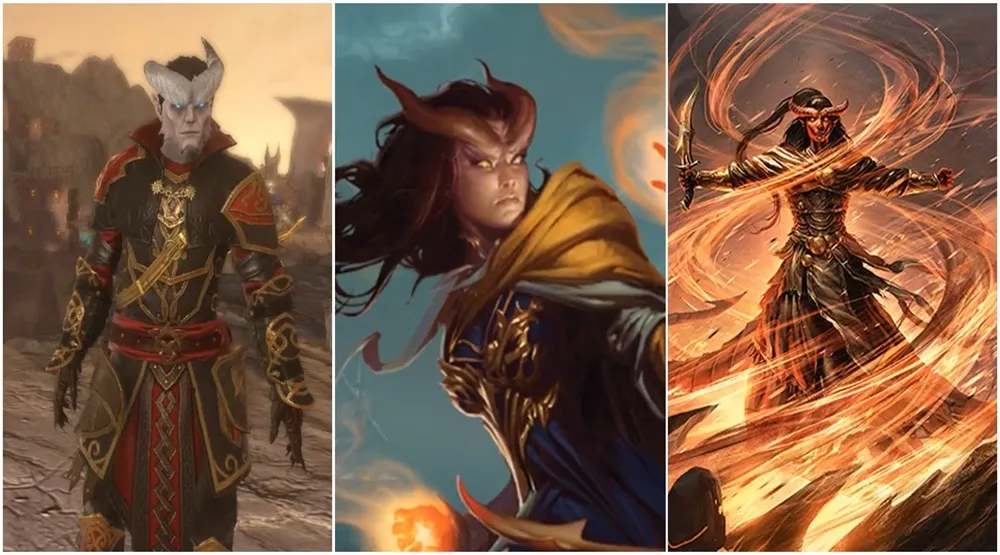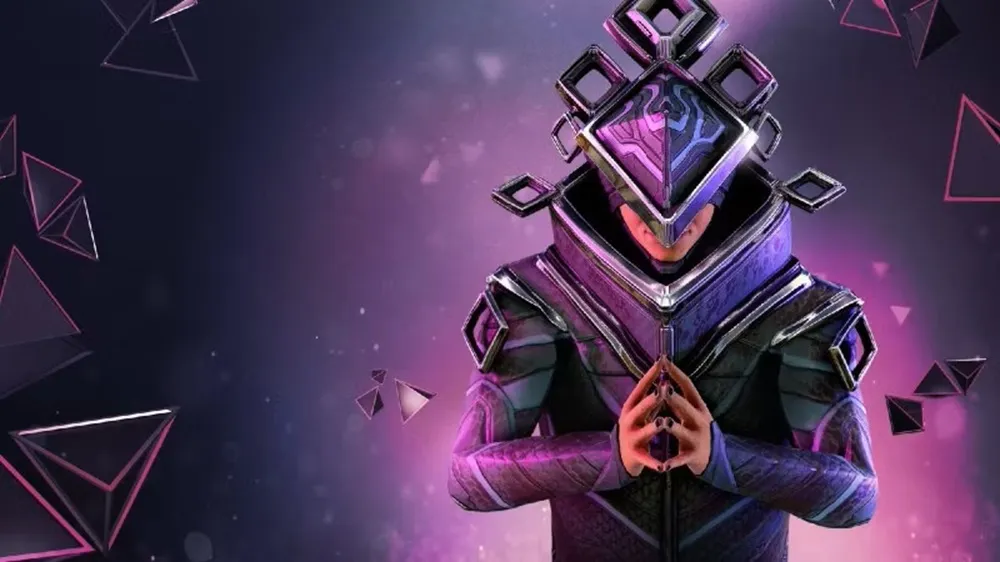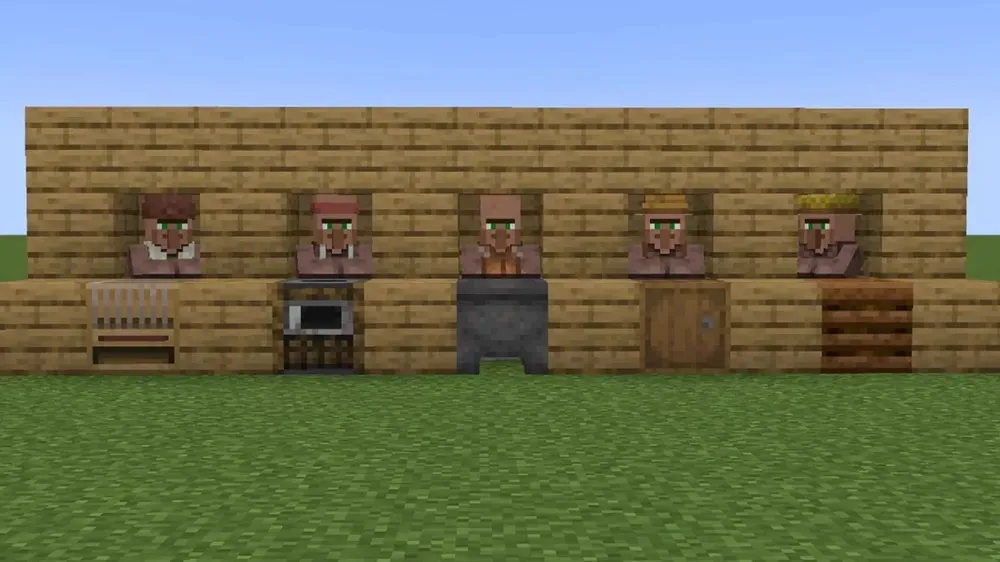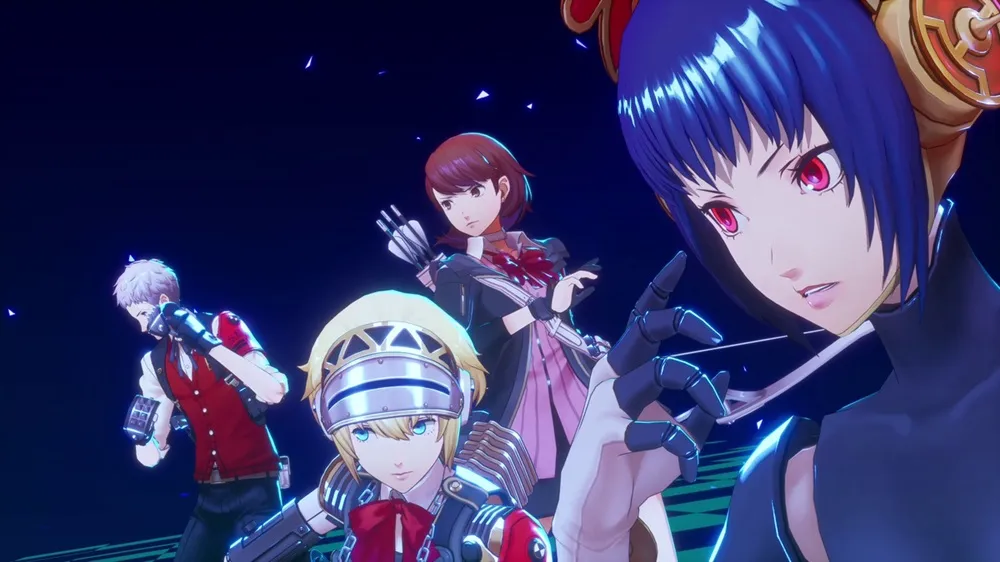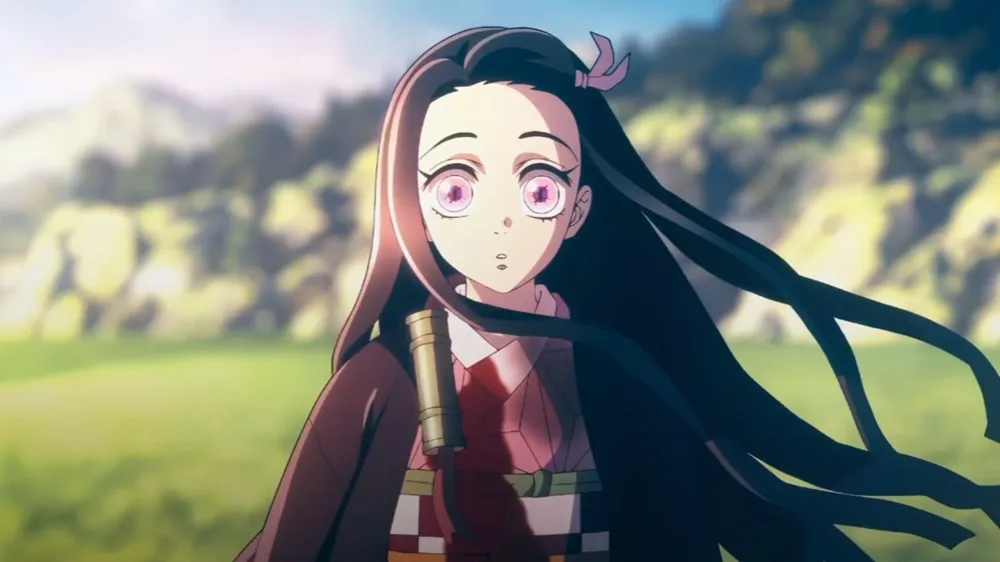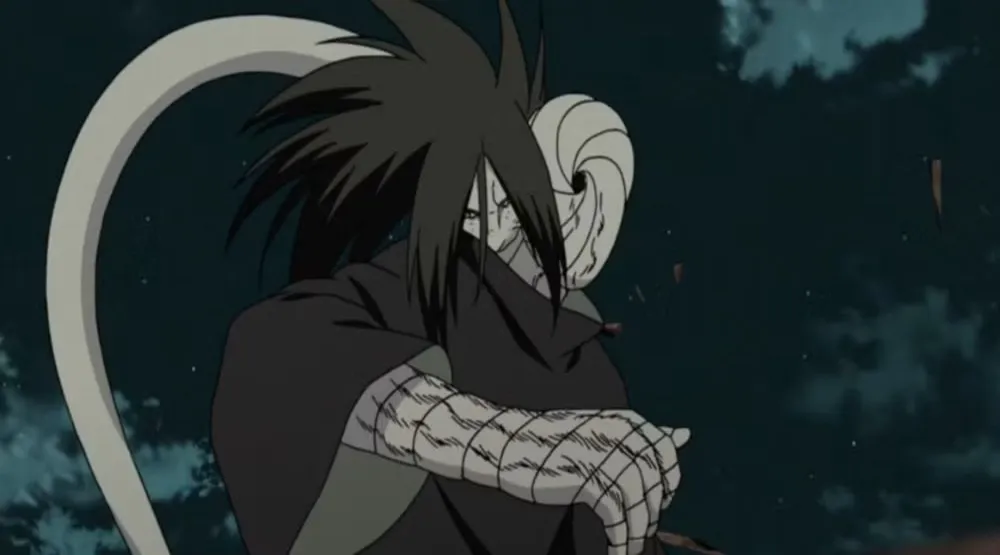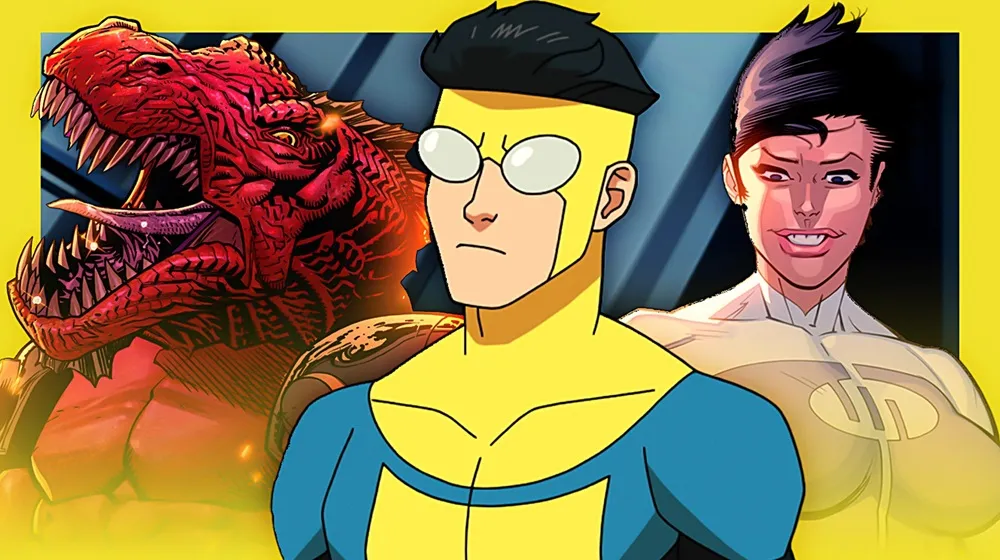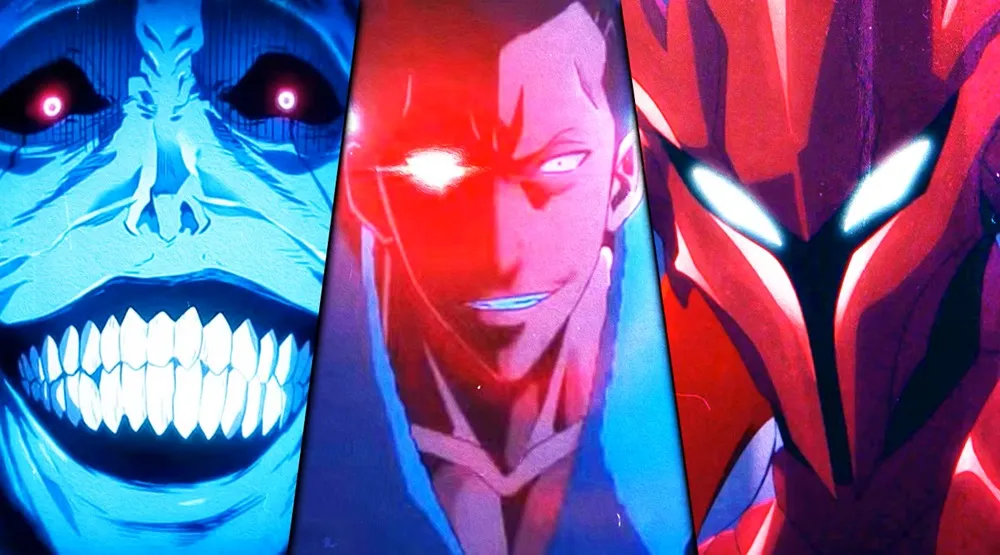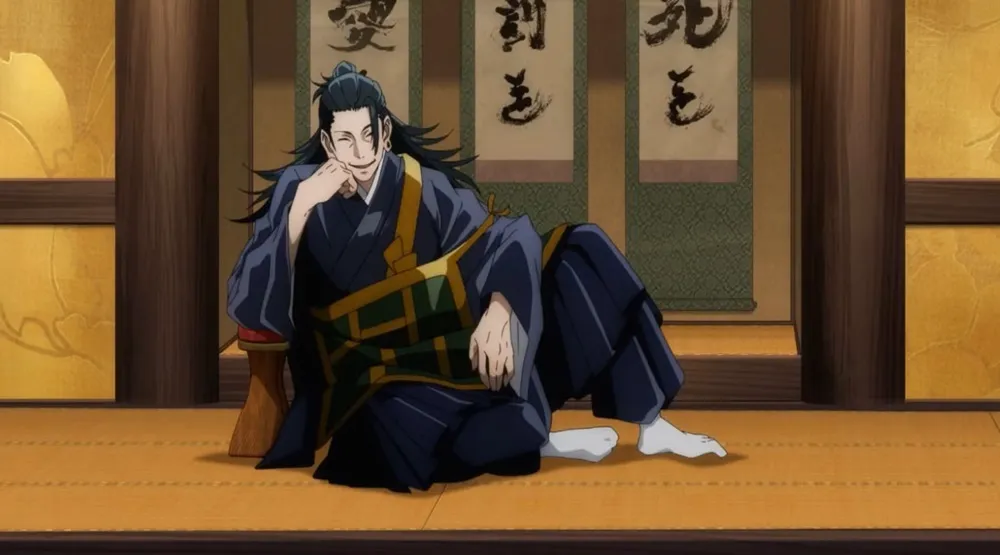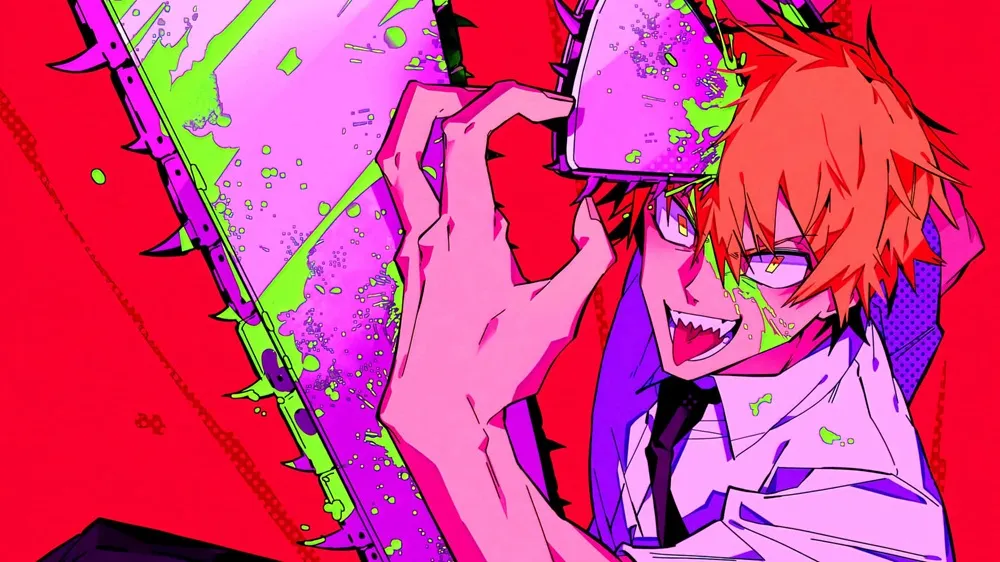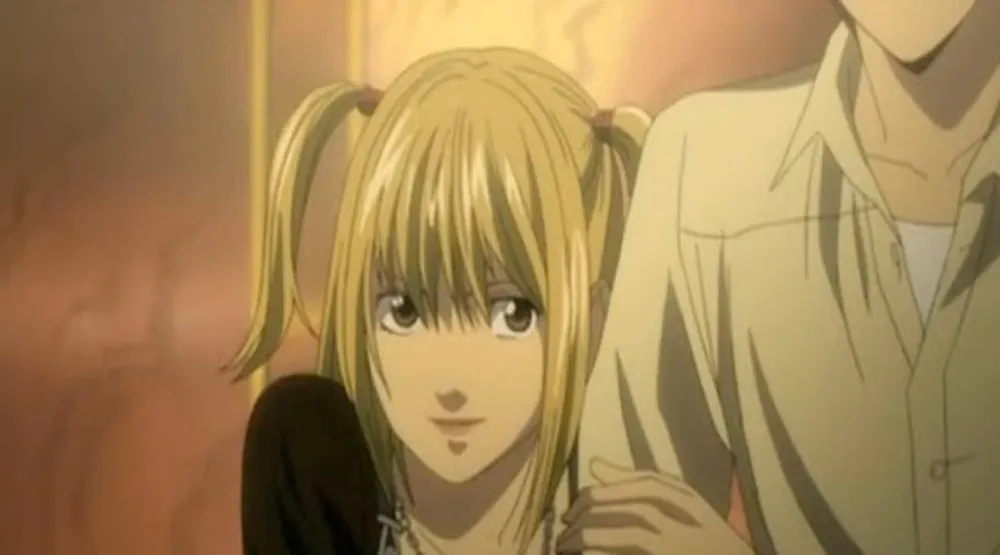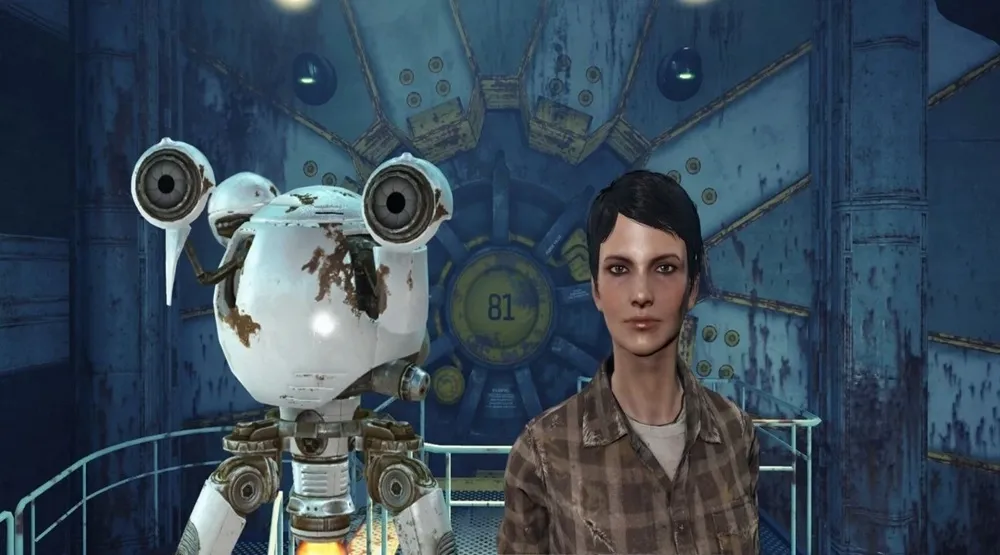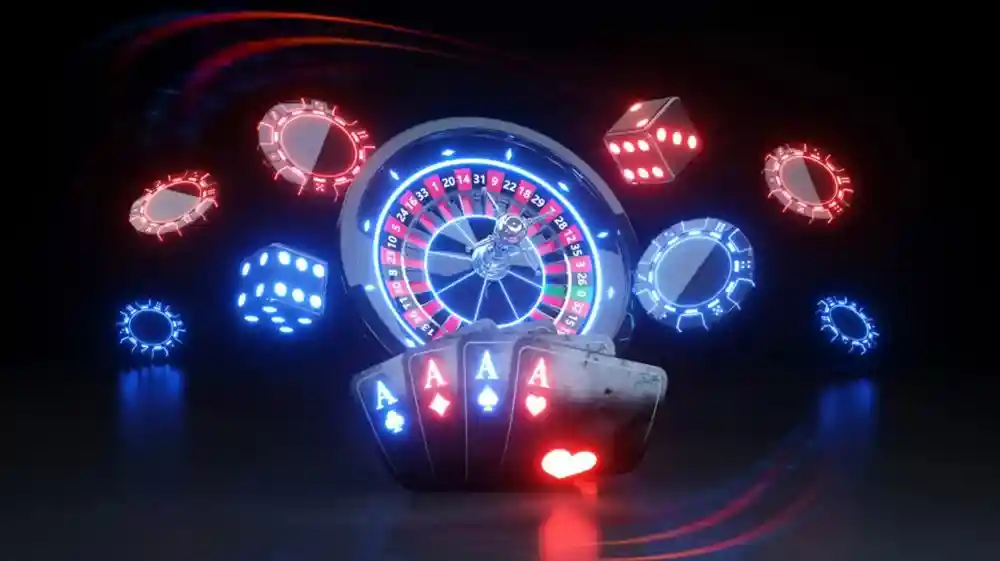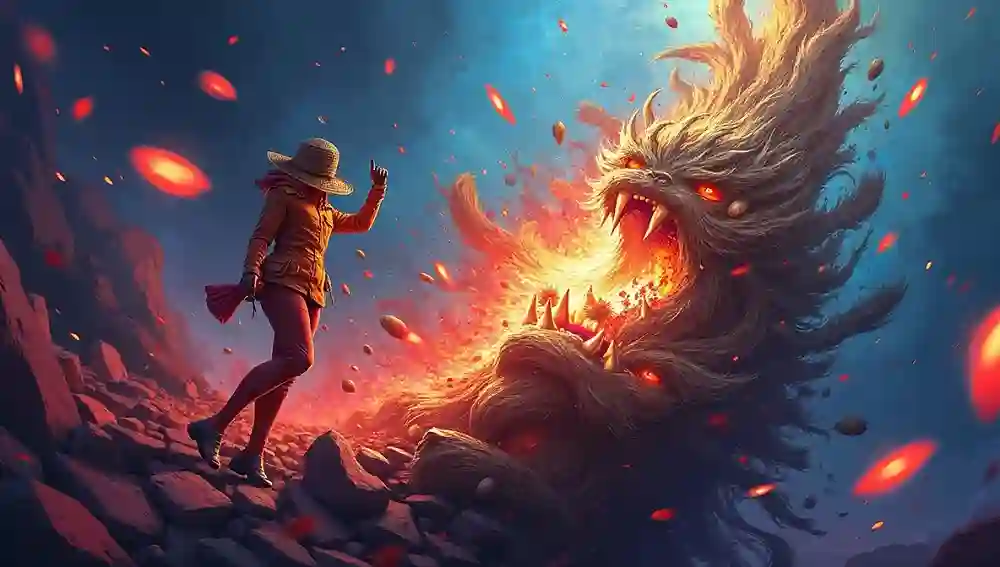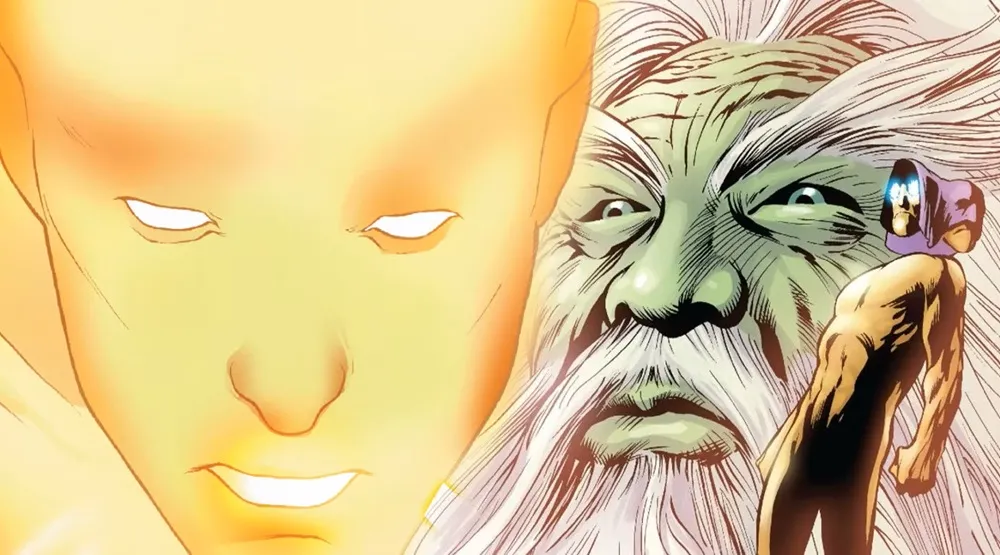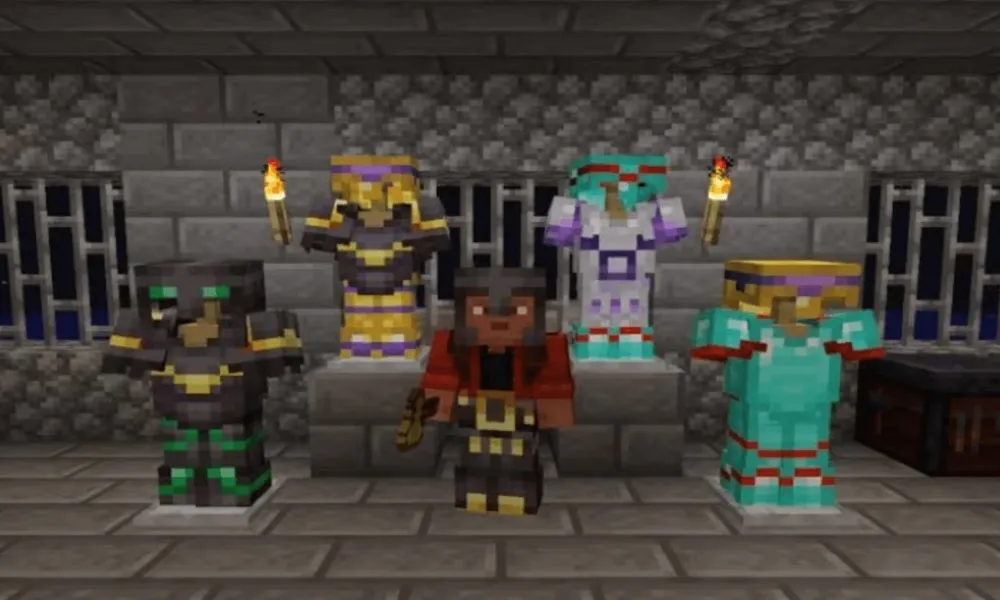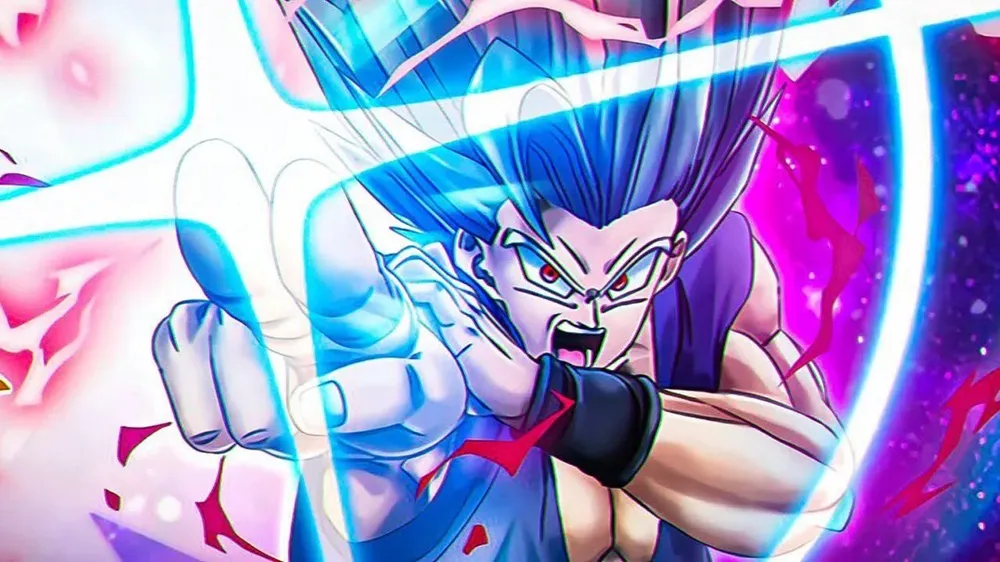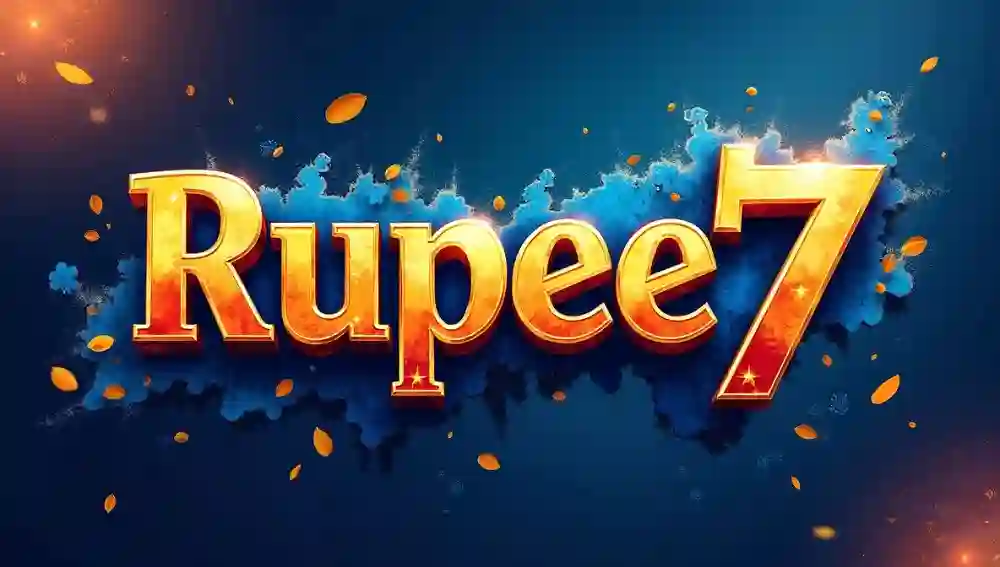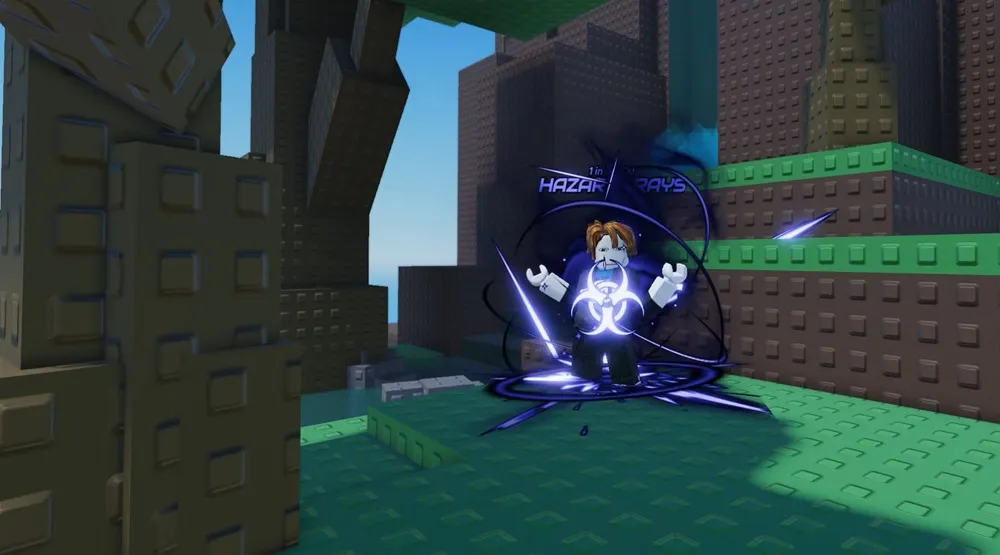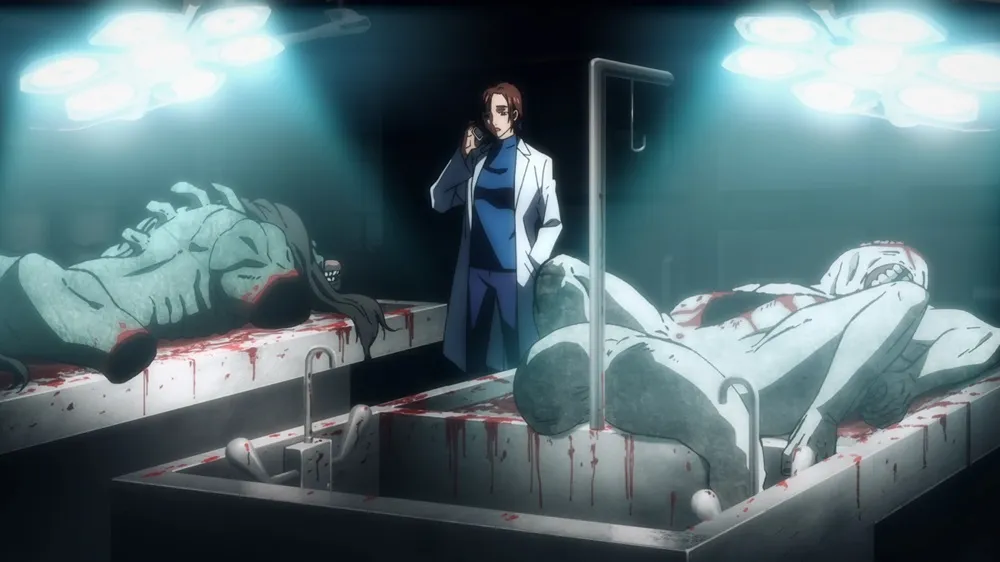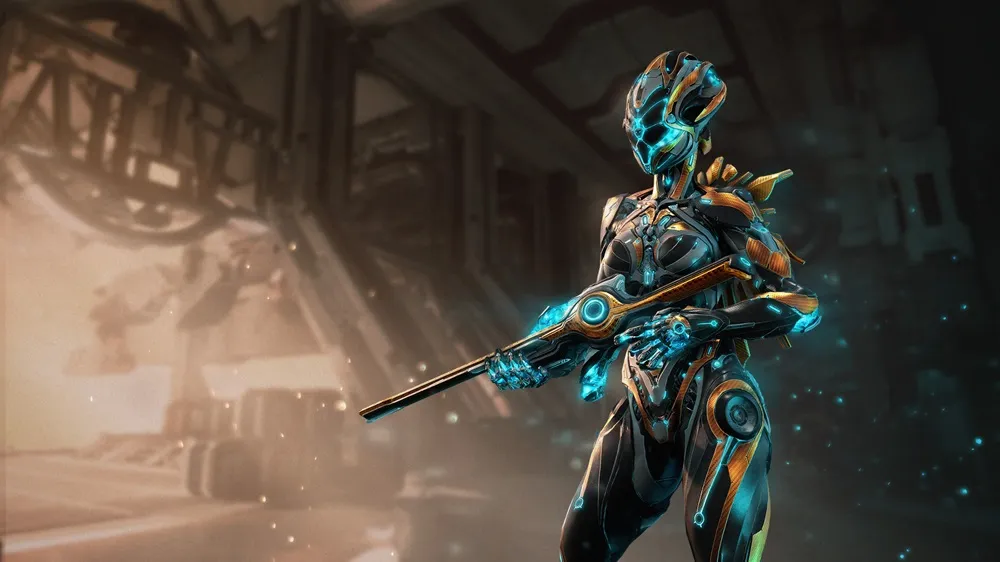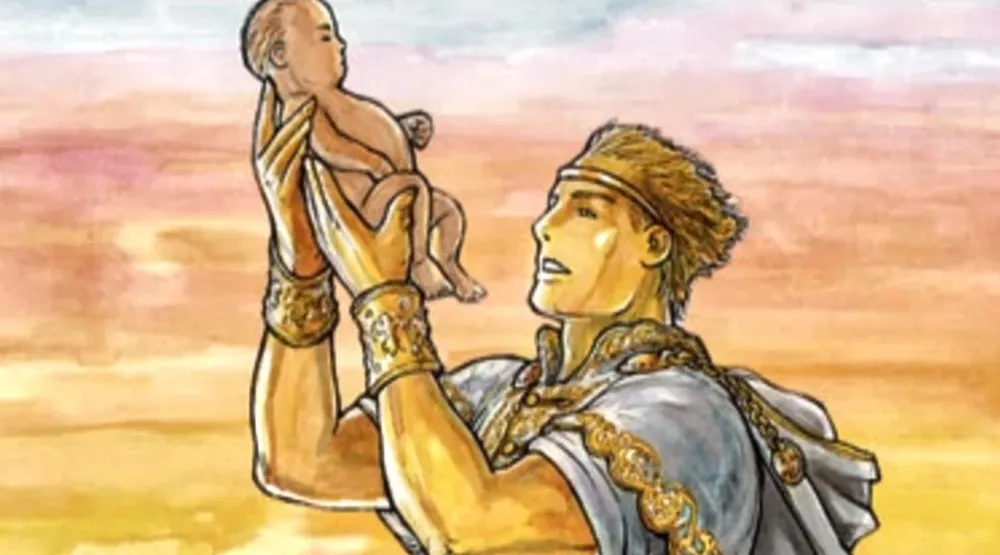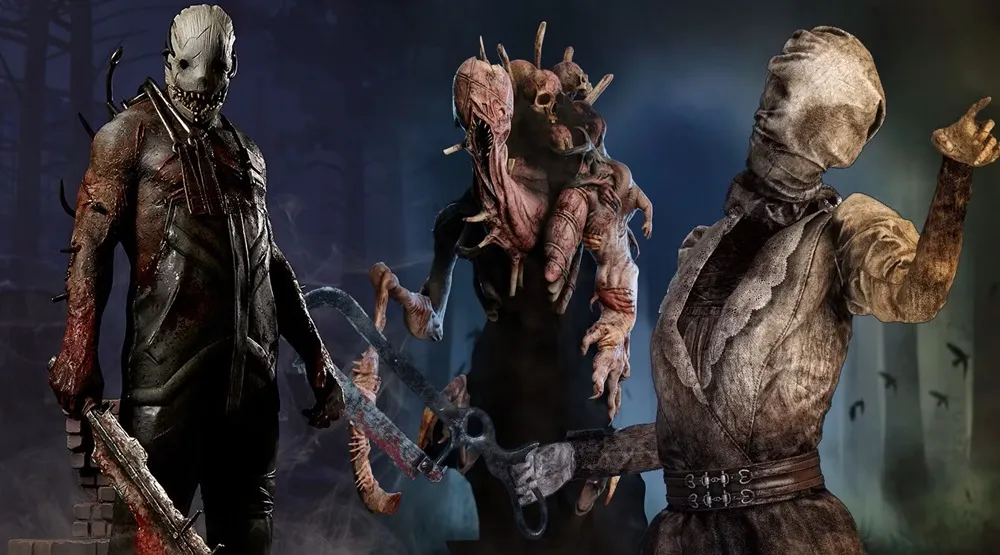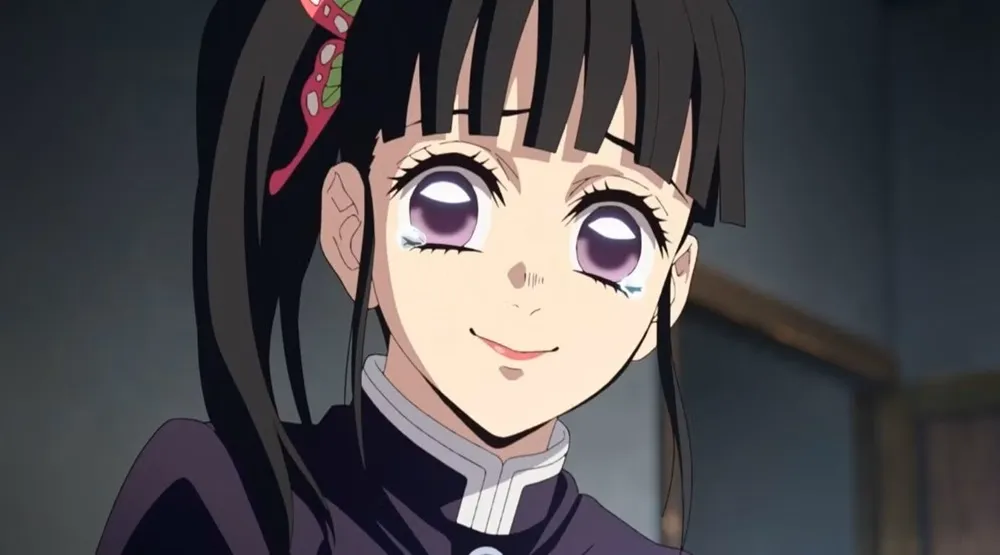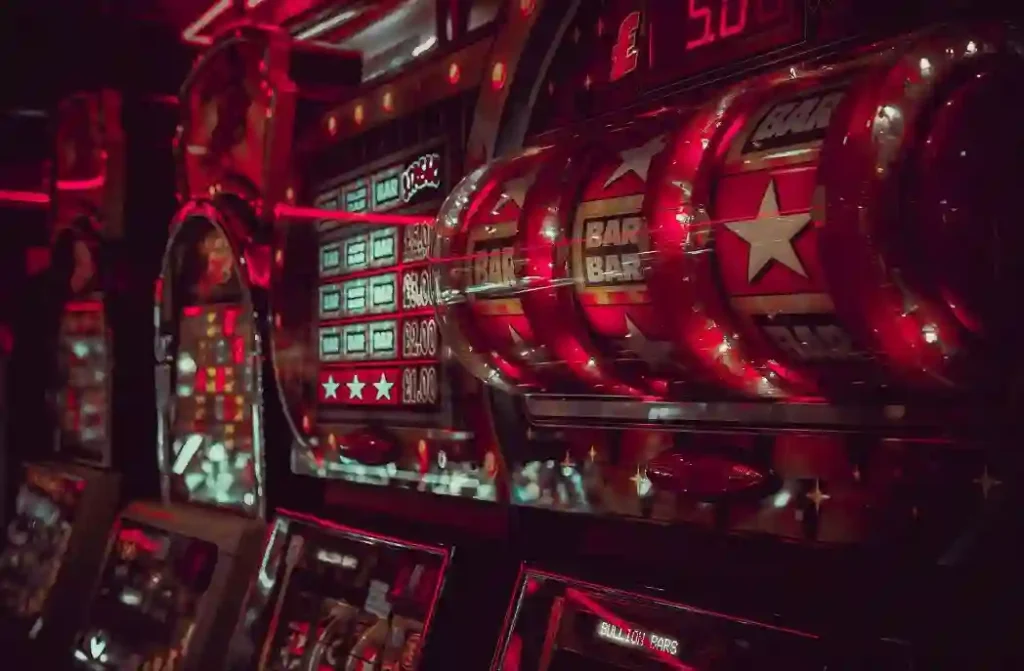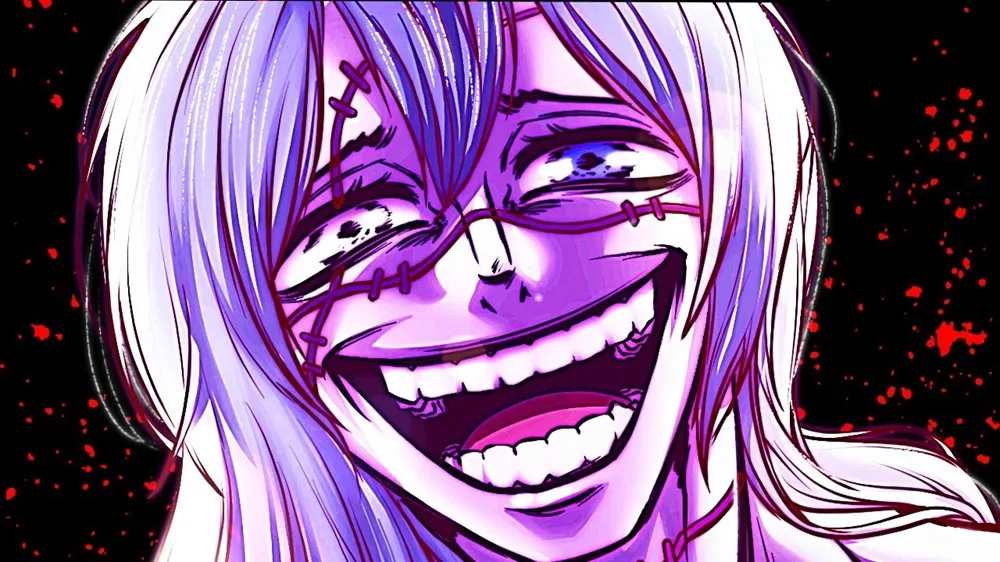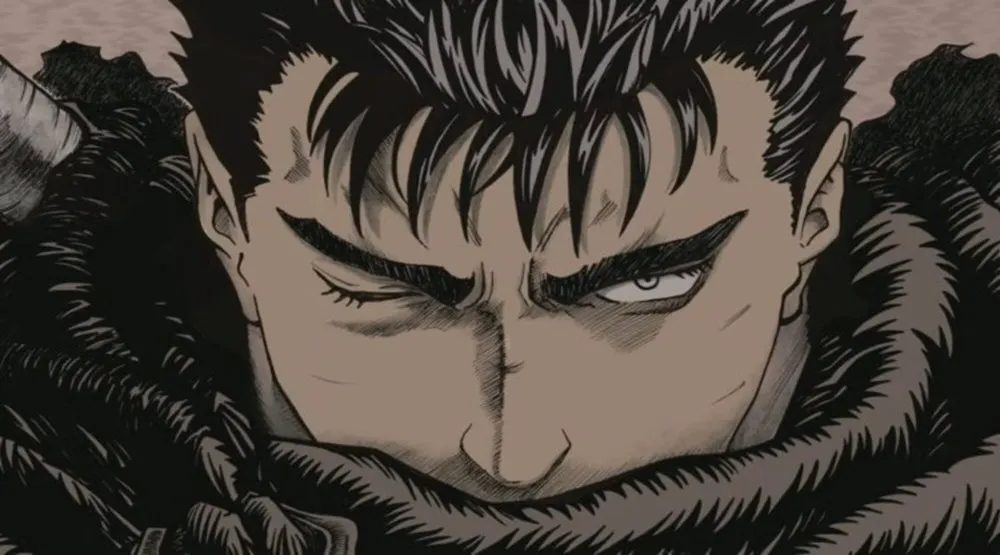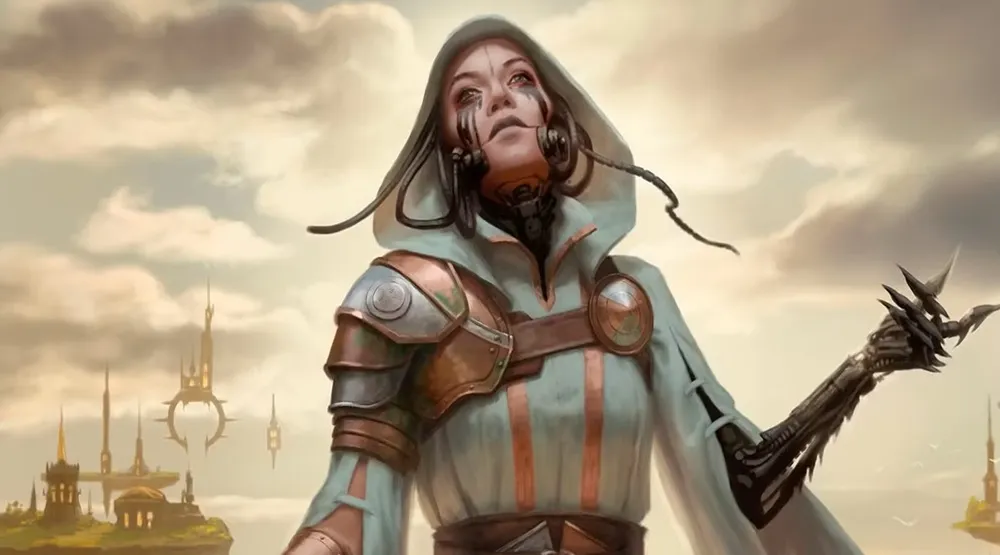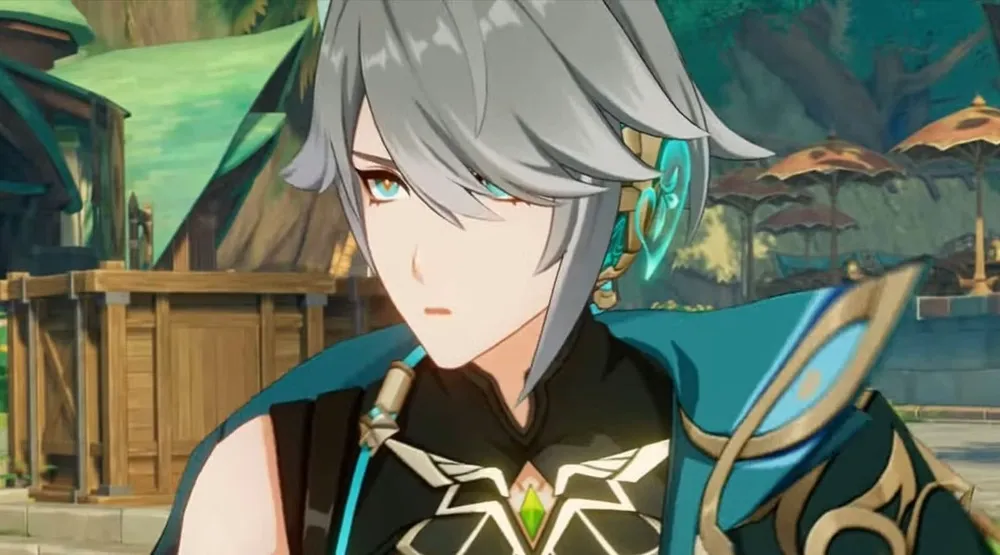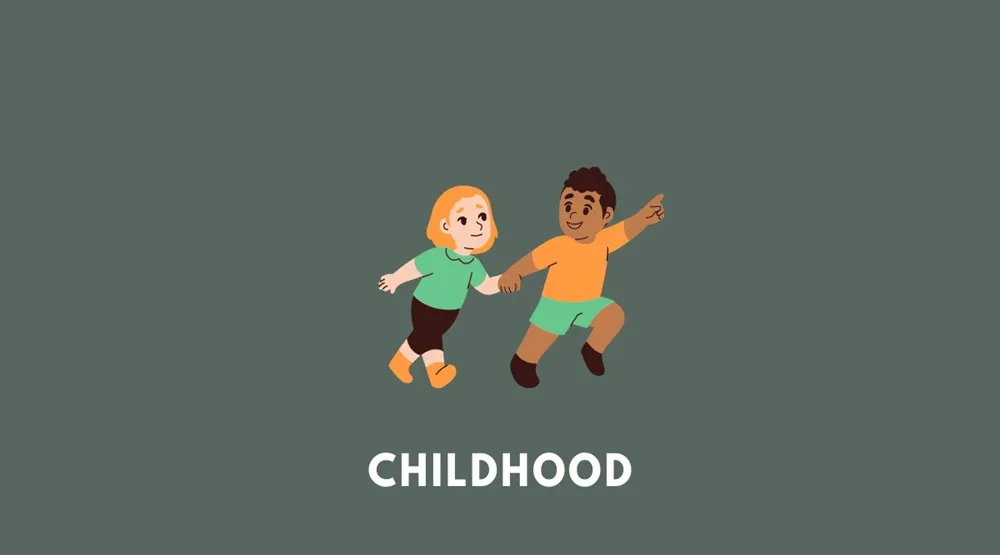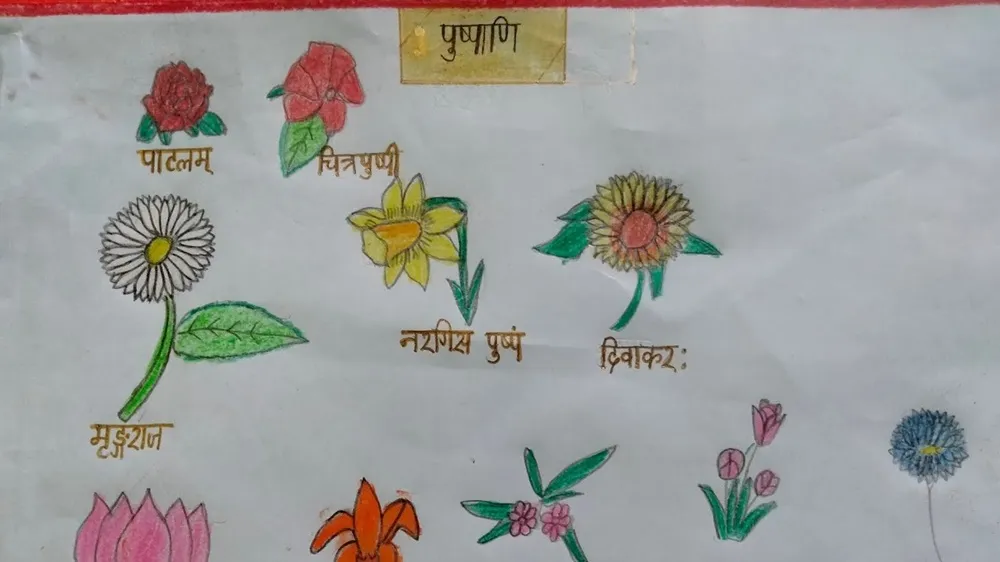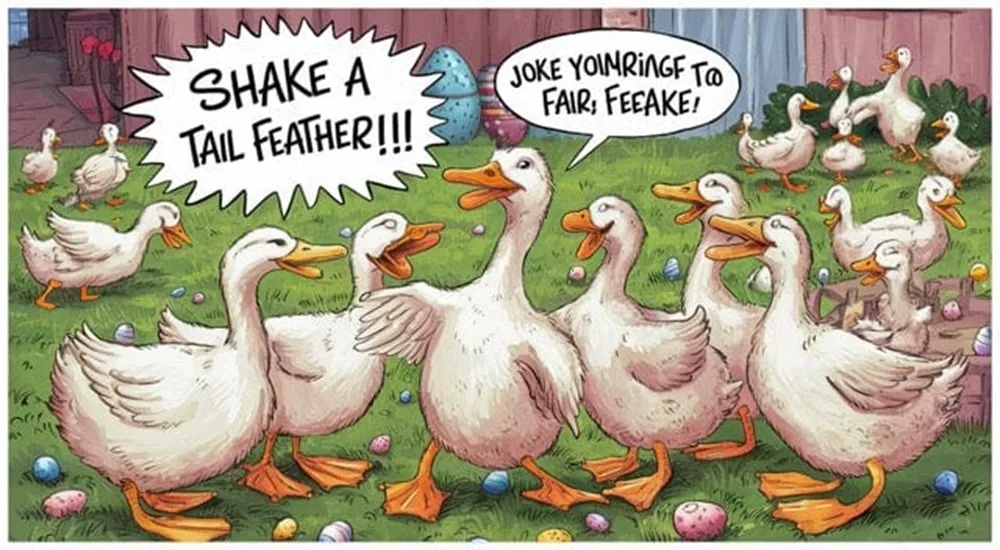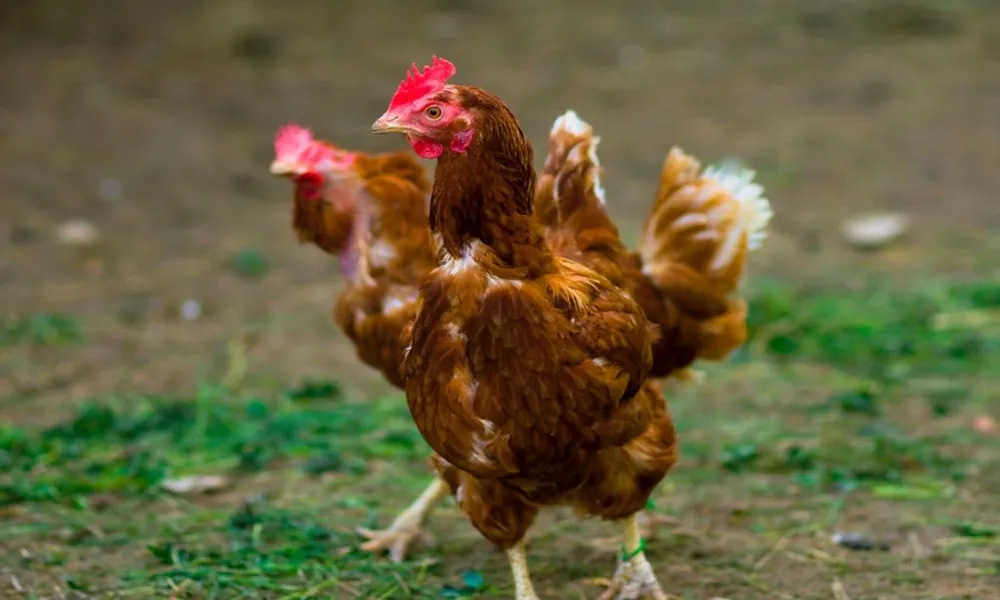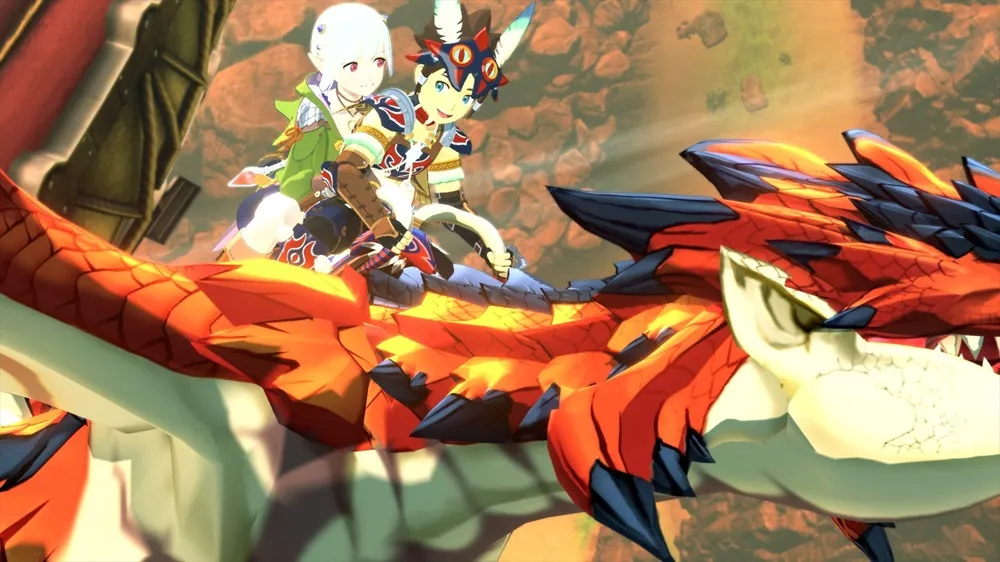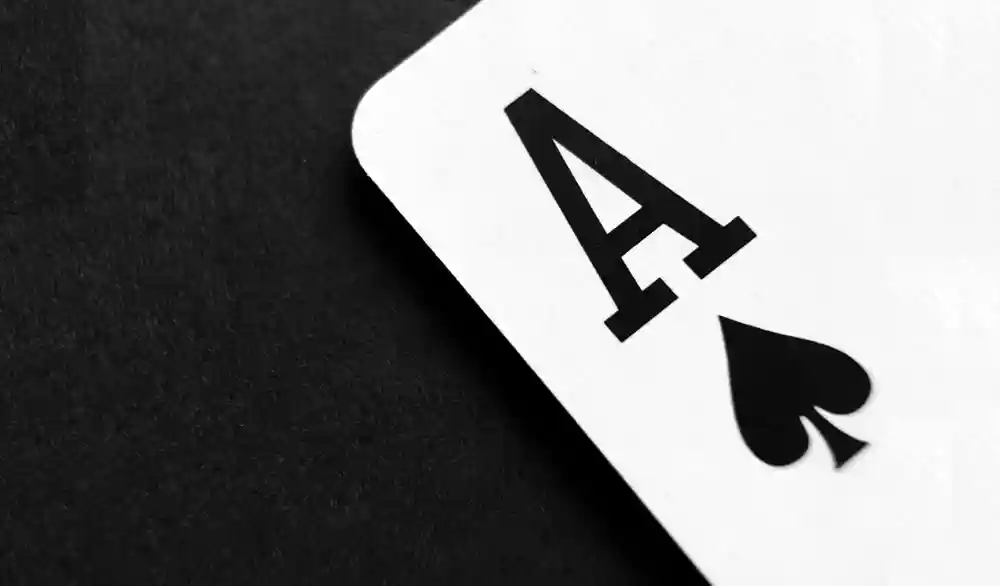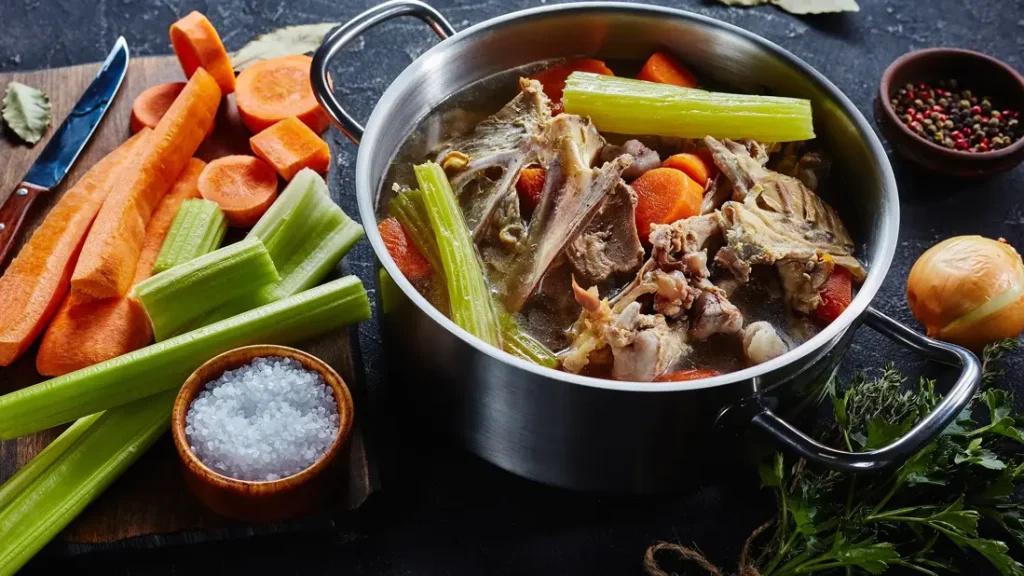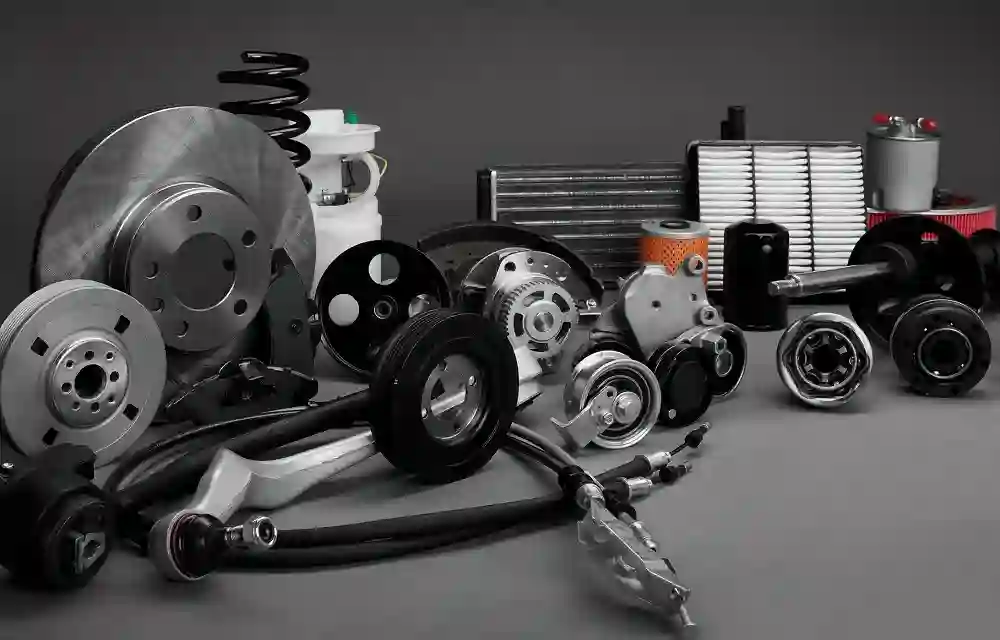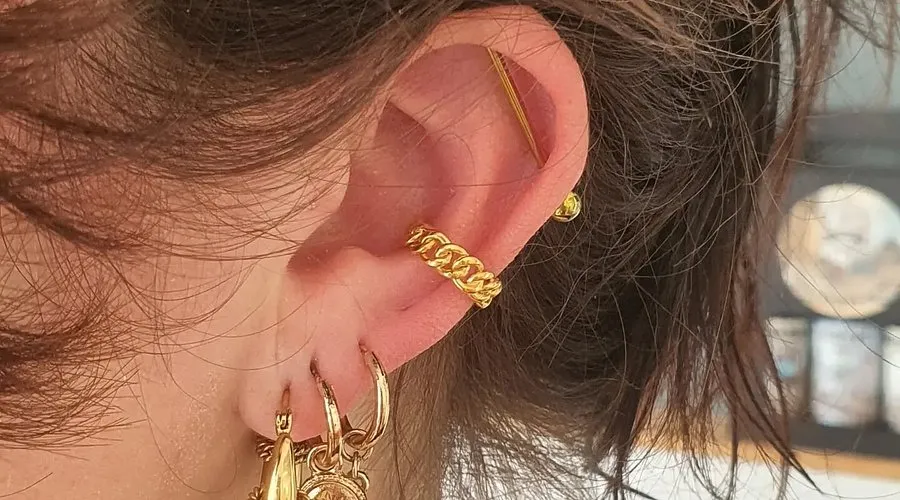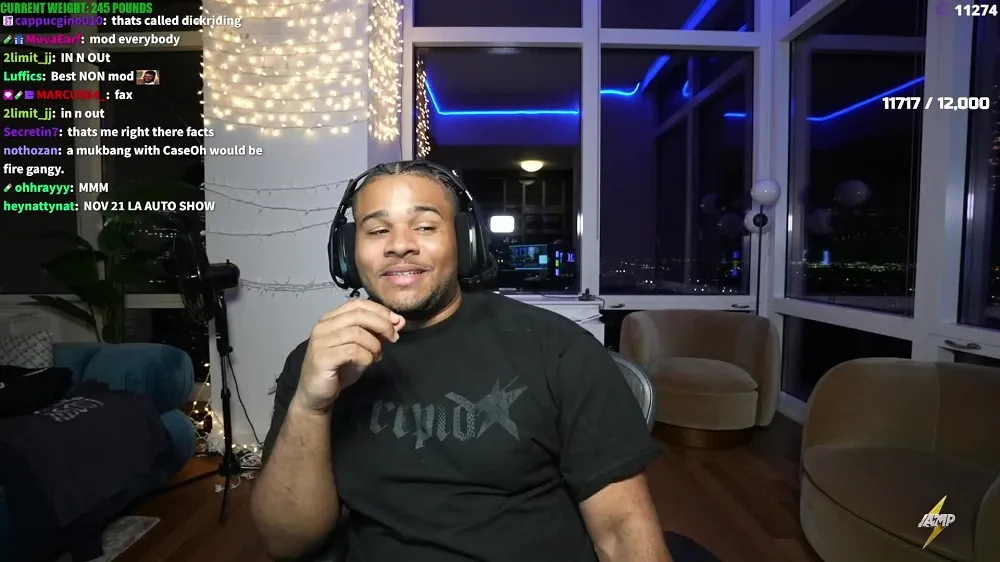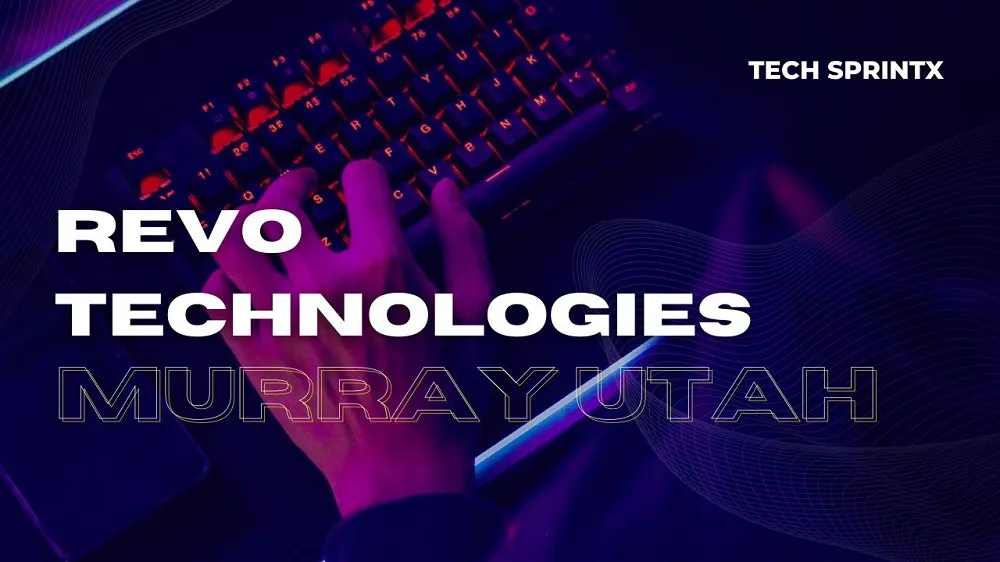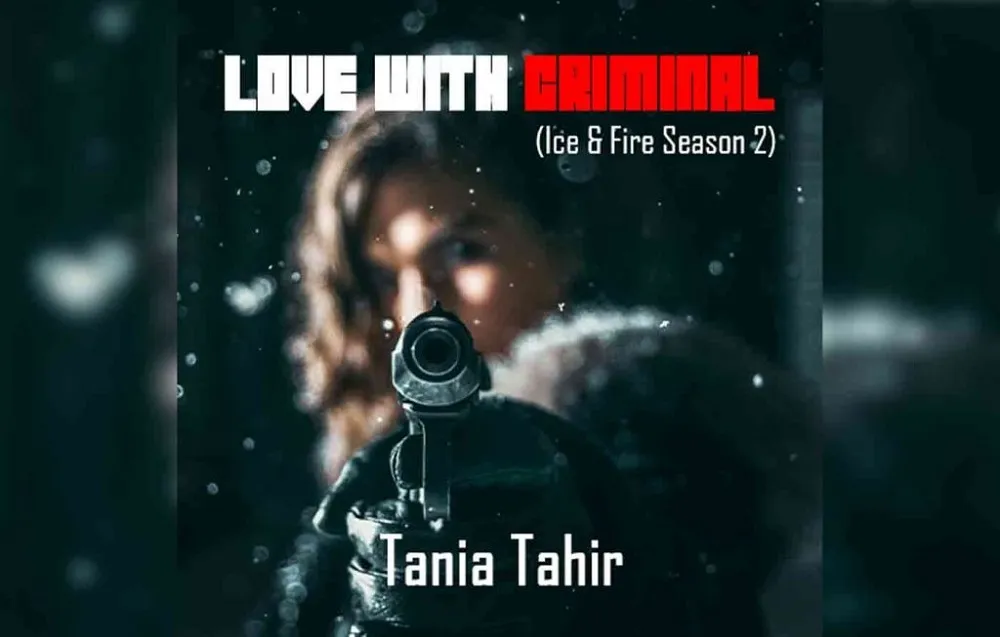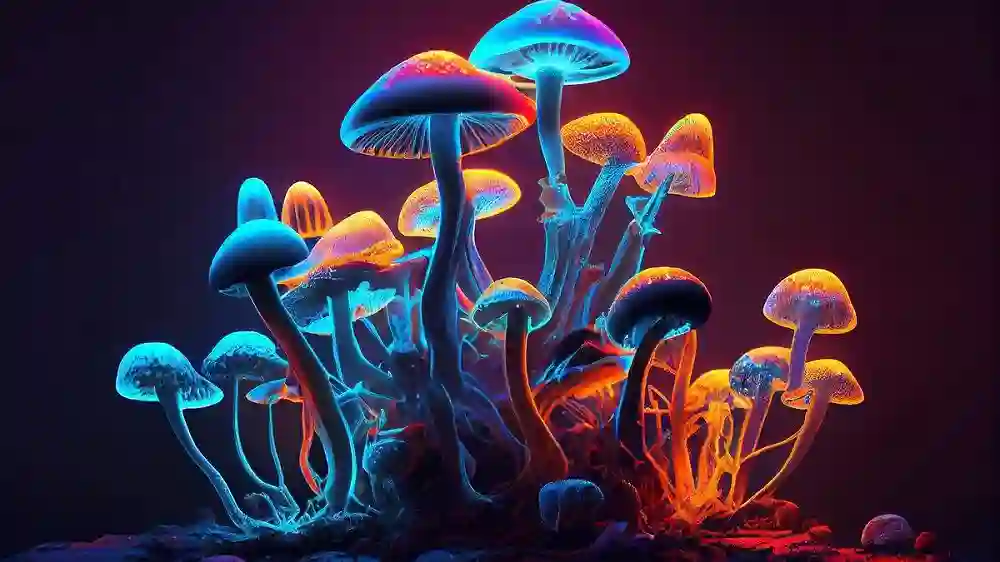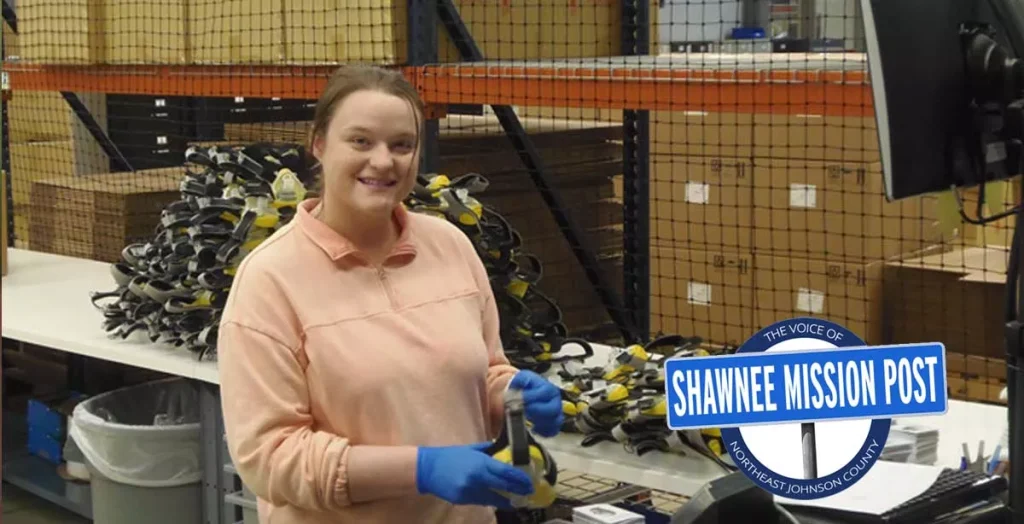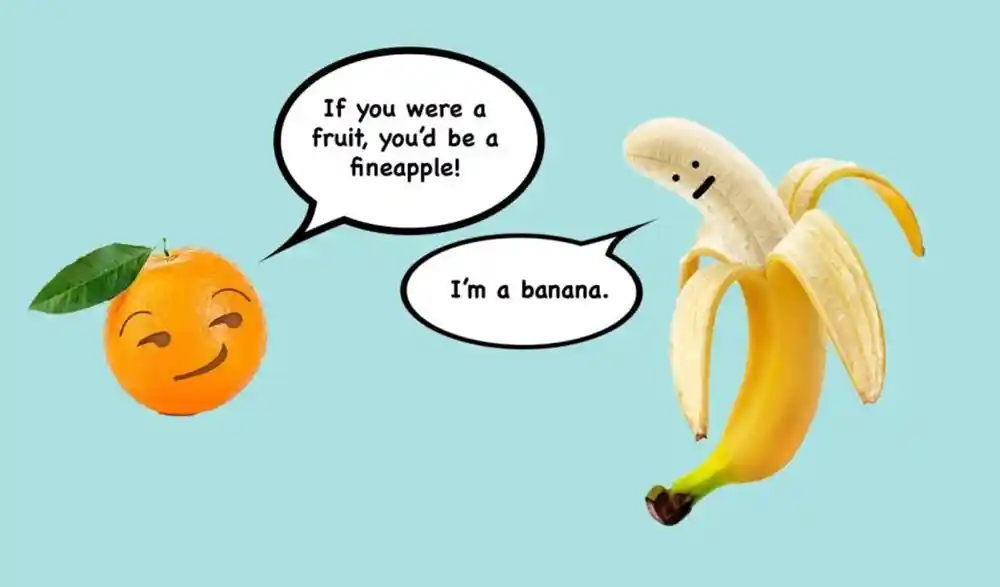Tiefling: Exploring the Fascinating Origins and Powers in D&D

Tieflings. The name alone stirs up images of horns, fiery eyes, and a past full of hard-earned resilience. These infernal beings are part of Dungeons & Dragons’ rich mythology, with an ancestry that blends the mortal world and the very fabric of Hell itself. But—wait, hold up. Before you imagine a Tiefling as a pure villain, let’s clear something up: they’re not all evil. In fact, many of these fiendish folk are as complex and unique as any human, elf, or dwarf you might meet on your adventures. So, let’s dig into their origins, their powers, and how they play a wickedly fun role in D&D.
Tiefling Origins: A Legacy Written in Infernal Blood
The Tiefling’s origin story goes back way further than you might think. Imagine the scene: mortals desperate for power—people, elves, maybe even dwarves—making deals with devils or demons for all sorts of earthly gains. Wealth, power, maybe just a leg up in a cutthroat political system. Yeah, I’m talking about some seriously dark bargains. Anyway, here’s the kicker: their descendants—the Tieflings—would end up living with the consequences. It’s kind of like when you inherit a family heirloom and no one tells you it’s cursed. Lucky, right?
When those bloodlines mixed with infernal forces, some traits stuck. We’re talking horns, glowing eyes, skin in shades of red, purple, or even blue, and sometimes a tail that could really flick someone into another dimension. These aren’t just physical quirks; they’re part of the legacy—a lineage of shady pacts and power-hungry spirits. And while Tieflings may wear their ancestor’s marks like a badge of honor, society often judges them. A lot. People think “infernal” means “evil.” But as anyone who’s ever met a Tiefling in a campaign knows—they’re more than their devilish appearance.
Once, Tieflings were treated like outcasts, often enslaved or hunted because of their fiendish blood. And yet, the thing that makes them so compelling is that they didn’t let that stop them. Some of them embraced their infernal heritage, others fought against it. Either way, it shaped their journey.
Tiefling Appearance: Not Your Average Fantasy Folk
I’ll be honest—when I first saw a Tiefling in a campaign, I was like, “Whoa, who let the devil’s spawn in here?” And that’s the thing about Tieflings: they stand out. Hard. It’s not subtle, either. The moment they walk into a room, everyone notices. Horns. A tail. Skin that looks like it came straight out of a demon’s playbook. Here’s a breakdown of what you might see:
- Horns: They come in all shapes and sizes—curled, spiraled, maybe even straight. I once played a Tiefling with horns so big, they looked like they belonged on a minotaur. Not kidding. Definitely could not fit through regular doorways without ducking.
- Tails: Not just for balance, y’all. Tiefling tails are prehensile, meaning they can grab stuff. I’ve seen a Tiefling use their tail to swipe a dagger right off a table. Looked cool, but also kind of unsettling.
- Skin Color: Think of every color of the infernal spectrum: reds, purples, blacks, blues. I once ran a campaign where a Tiefling had skin the color of midnight—yep, she was always the center of attention. Can’t say the same for me when I wear that red shirt, but I try.
- Eyes: And the eyes? Let’s just say, they don’t scream “normal.” Some Tieflings have eyes that glow like molten lava or just have no pupils, which is a little unsettling, to be honest. Sometimes you forget to make eye contact with them. Or maybe it’s better not to.
Now, I don’t know about you, but I’d be hella self-conscious walking into a tavern looking like I belong in a bad rock band. But here’s the thing: Tieflings don’t just roll with it—they often own it. For better or worse, these physical traits are as much a part of their identity as their backstory. And let’s be real, a Tiefling would rather lean into their uniqueness than shy away from it. And respect to that.
Tiefling Abilities: Infernal Powers That Pack a Punch
Okay, here’s where it gets even cooler. Tieflings aren’t just about looks—they’ve got some serious supernatural juice running through their veins. And it’s not just about the occasional fireball or infernal rebuke. No, no—these powers run deep, stemming from their fiendish heritage. Let’s get into the nitty-gritty.
Infernal Legacy: The Devil’s Touch
Tieflings come with this thing called Infernal Legacy, which is basically a free magic starter pack. Depending on their exact bloodline, the powers can differ a bit. My first Tiefling character? Hellish Rebuke was my go-to move. Someone hits me? Boom—fire explodes around them, and I’m standing there all calm, like “Yeah, don’t mess with me.” Oh, and don’t even get me started on Thaumaturgy—it’s the cantrip that makes your voice boom and can mess with doors and lights. Perfect for when you want to scare the local innkeeper into giving you a discount.
- Hellish Rebuke: Classic. Get hurt? Make someone else feel it. A Tiefling’s way of saying, “You hit me? Nah, I’m hitting back.”
- Thaumaturgy: Honestly, I used this to make my character sound like they were summoning fire and brimstone even when they were just ordering dinner.
Fire Resistance: The Heat Doesn’t Bother Them (Much)
Tieflings are famously resistant to fire. And trust me—this isn’t just some “oh, they’re tough” thing. In D&D, they can literally take less damage from fire attacks than most other characters. I mean, I can barely handle a hot cup of coffee without spilling it on myself, but Tieflings? They’re practically immune to being roasted by your average flame-tossing goblin.
Charisma: Natural-born Charmers (or Manipulators)
Okay, here’s a secret—Tieflings are hella charming. Or at least, they can be. With their infernal bloodline comes this natural charisma that can be used for all sorts of things. Not all Tieflings are social butterflies, but many are—sometimes even to the point of being hella manipulative. They’re the type who can talk their way out of trouble or charm a group of enemies into thinking they’re allies. I’m still working on my charisma—I once tried to talk my way out of a parking ticket and that did not work out. (Maybe next time I’ll just be more Tiefling about it.)
Tiefling Subraces: More Than Just Horns and Tails
Not all Tieflings are the same. The truth is, Tieflings come in all sorts of varieties, and each one has its own flare. These subraces—different bloodlines, different powers—add layers to how Tieflings show up in the game world. So if you’re rolling a Tiefling, here’s what you need to know:
- Standard Tiefling: These are the classic models—horns, tails, the works. Infernal Legacy powers? You bet. They’re versatile and ready for whatever comes their way.
- Feral Tiefling: Think of these as more primal—closer to their demon ancestors. They’ve got sharp claws, a quick temper, and some wicked speed. If you like playing chaotic characters who love a good brawl, this is your ticket.
- Devil’s Advocate: These Tieflings are all about cunning and strategy. Think of them as political operatives or smooth-talking lawyers. They might charm you, but there’s always a devilish angle to their pitch.
- Asmodeus Tiefling: Oh yeah, these guys are the cream of the infernal crop. If your Tiefling has the bloodline of Asmodeus himself (the lord of Hell), they’ve got power and charm in spades. They’re probably the ones running things behind the scenes in any given campaign.
Roleplaying a Tiefling: The Struggle and the Swagger
Tieflings are a fascinating race to roleplay because they’re not defined by their bloodline—they’re defined by their choices. Sure, society may have branded them as evil, but it’s up to you, the player, to decide how your Tiefling faces that challenge. Some Tieflings will lean into their darker nature; others will fight tooth and nail to prove they’re more than just their devilish heritage.
And, yeah, it’s not easy. I’ve had my share of characters who walked into a town and immediately had to deal with stares, whispers, and “Get outta here, devil!” kind of vibes. But that’s part of the fun, right? Playing a character who pushes through that adversity—be it fighting for acceptance or carving out their own destiny.
Anyway, the struggle for identity is what makes Tieflings so damn fun. It’s like getting to explore your own dark side while still being the hero of your story.
Conclusion: Tieflings Are Here to Stay
Tieflings, with their unique blend of infernal powers, fascinating origins, and striking appearances, are one of the most compelling races in D&D. Whether you’re drawn to their fiery magic, their fierce independence, or just their damn cool horns, Tieflings bring a depth of character and complexity to any campaign. They’re not just creatures of the underworld—they’re individuals, making choices, breaking barriers, and defining their futures. And that, my friends, is what makes them truly unforgettable.


